

We may earn revenue from the products available on this page and participate in affiliate programs. Learn more ›
TREND
More digital cameras now use CMOS (complementary metal-oxide semiconductor) sensors to capture sharper images in dim lighting, with less “pixel noise”–colored flecks that occur at high light-sensitivity settings when the camera’s processor tries to boost the brightness in a dark image.
REASON
SLRs have large sensors that absorb more light than those in point-and-shoots. CMOS is handy at these sizes because it consumes less power than the charge-coupled device (CCD) sensors in earlier models. And CMOS sensors fit noise-reduction circuitry right on the chip.
BENEFIT
At dawn or dusk, you can photograph outdoor vistas too big for a camera flash to illuminate. Inside, you’ll capture scenes in the unique ambient light instead of the harsh, generic glow of flash.
Three Cameras With Virtual Night Vision
** Canon EOS 40D**
As the first company to use CMOS in SLRs, Canon is the benchmark. Capturing 6.5 frames per second, the EOS 40D is one of the fastest semi-professional cameras. Its 10.1-megapixel shots of flowers at sundown were virtually noise-free at a relatively high setting of ISO 800. (The higher the ISO, the greater the light sensitivity.) Even at an extremely high ISO 3200, dimly lit portraits showed surprisingly accurate skin tones.
**$1,300 (without lens); usa.canon.com
**
** Sony Alpha A700**
Sony’s first model with CMOS took immaculate 12.2-megapixel photos of flowers at ISO 800-besting even the Canon. We could preview them on the camera’s gorgeous three-inch LCD or on a high-def TV using the HDMI output. But at ISO 1600, overzealous noise-reduction software in the processor wiped out fine details. And at ISO 3200, our model’s skin had an artificially smooth, doll-like texture.
**$1,400 (without lens); sonystyle.com
**
** Nikon D3**
This pro-grade camera’s 12.1-megapixel sensor is about 2.5 times as large as Canon’s and Sony’s, letting it capture images in near pitch-black at an astounding ISO 25,600. Photos of a dark hallway closet taken at this level with a pre-production D3 were filled with ugly purple noise but still revealed hidden piles of shoes not visible to the human eye. Images of a flower captured on an overcast day at ISO 3200, however, were crisp enough to make attractive letter-sized prints while an indoor shot of a model taken by candlelight at ISO 6500 created a moody portrait despite some grain in the shadow areas.
**$5,000 (without lens); nikonusa.com
**



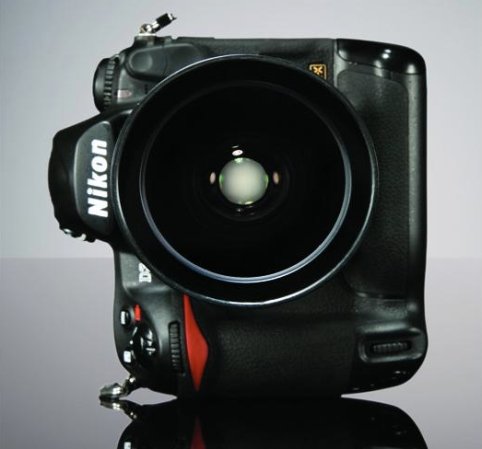
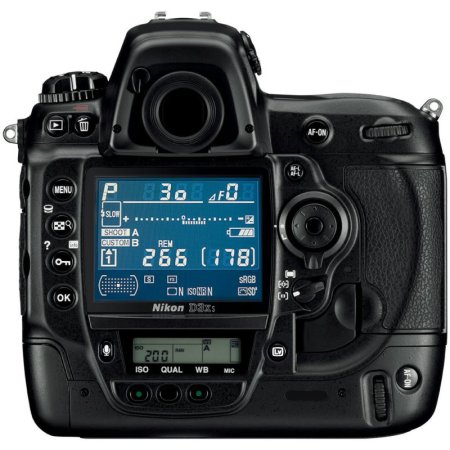
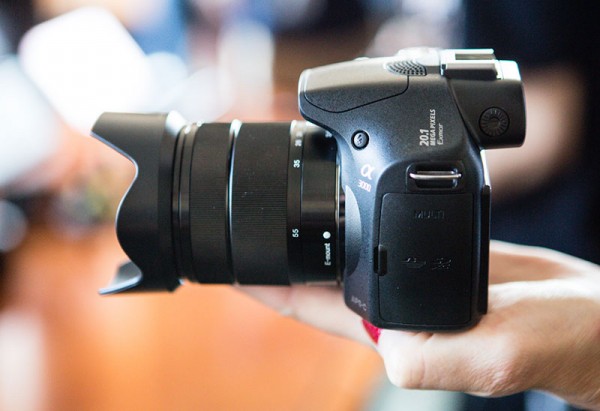
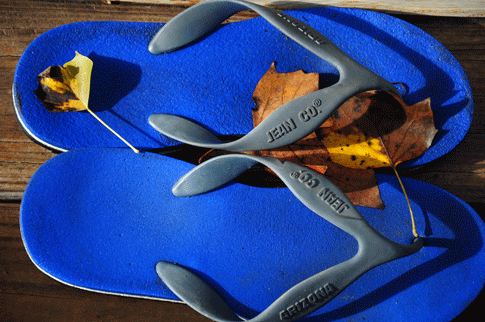




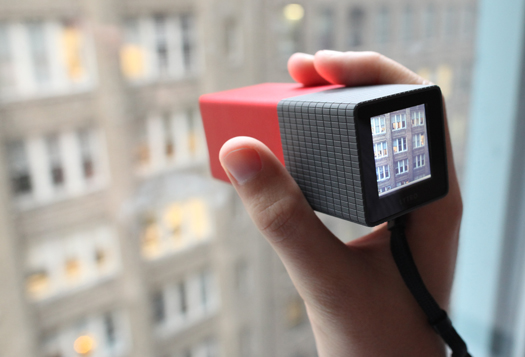
![Samsung’s Galaxy Camera Is The Camera Of The Future [Review]](https://www.popsci.com/wp-content/uploads/2019/03/18/6S7NO25O7SXS4Y7624QFSJRIYY.jpg?quality=85&w=525)
